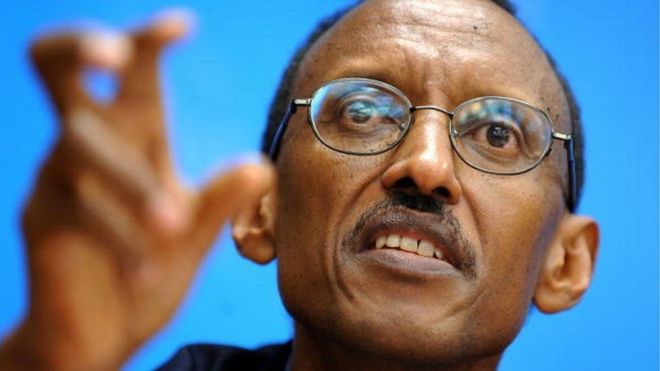 Ryan Reynolds in surprise hit “Deadpool.” (Joe Lederer/Twentieth Century Fox via AP)
Ryan Reynolds in surprise hit “Deadpool.” (Joe Lederer/Twentieth Century Fox via AP) It’s notoriously difficult to predict which movies will do well at the box office. Maybe that’s why so many bombs get made. But it’s even tougher to guess which movies will turn a profit, especially early on, when filmmakers are locking down financing from skittish investors.
That’s why two researchers at the University of Iowa are trying to use data to determine what types of films are most likely to rake in returns. Business school professor Kang Zhao and doctoral student Michael Lash considered more than 100 elements to help them create an algorithm to forecast profitability, including director, actors, genre, even keywords. But they didn’t include considerations that would emerge post-investment — things like Twitter mentions or advertising.
The two men aren’t the first to chase this holy grail. Harvard statisticians and profit-seeking analysts have tried the same thing — and no one has fully succeeded.
But at least Lash and Khao picked up some instructive lessons along the way. Here’s a look.
Most movies don’t make a profit
Only about one-third of the 2,500 movies the researchers looked at were profitable. That’s particularly interesting considering that Zhao and Lash’s threshold for profitability was probably lower than Hollywood’s. Using their own complicated formula, the researchers decided on two different benchmarks: if a movie made at least $7.3 million more than its budget or if it made at least an 11 percent return on investment. In reality, when you count all of the money that goes to exhibitors, like AMC or Regal, a movies usually needs to gross about twice its budget to really be profitable.
Big box office doesn’t always mean big profits
The movies that inspire droves of people to buy tickets also happen to have huge budgets. Take, for example, “Batman v Superman: Dawn of Justice,” which pulled in a very impressive $320 million domestically. But the budget was $250 million.
Put another way: “If you have Tom Cruise in your movie, people are going to go see it,” Lash said. “But the question is whether [investors] can actually recoup the high budget that it costs to make a movie with Tom Cruise.”
Steven Spielberg is practically a sure bet
Zhao and Lash ranked the top director-actor match-ups and the leading 20 were all actors paired with Oscar-winning legend Steven Spielberg. The most profitable duo was Spielberg and Tom Hanks, who have joined forces on four movies in those capacities (Spielberg has produced many more movies starring Hanks): “Catch Me If You Can,” “The Terminal,” “Saving Private Ryan” and “Bridge of Spies.”
Low-budget horror also fares well
This niche was the easiest to predict, according to Lash, and the returns were almost always good. One example: 2008’s “Quarantine,” a $12 million movie with “Blair Witch”-like camera work that made nearly $32 million domestically. Of course, the gold standards are “Blair Witch” itself, which had a $60,000 budget and made $141 million domestically, and “Paranormal Activity,” which brought in $108 million on a $15,000 budget. That explains all the sequels.
R ratings don’t spell success
One of the leading indicators that a movie won’t be profitable is an R rating. That makes sense, given that a large swath of the population can’t see a movie with an R rating, while another segment won’t — particularly if the rating is the result of explicit violence or sex.
Speaking of violence…
Movies with plot keywords like “war,” “mission,” and “fight” tend to be unprofitable. As an example, Lash talked about “Black Hawk Down,” an R-rated movie about U.S. soldiers in Somalia that barely made more than its $92 budget. (It did win a couple of Oscars, however.)







Post a Comment
EmoticonClick to see the code!
To insert emoticon you must added at least one space before the code.